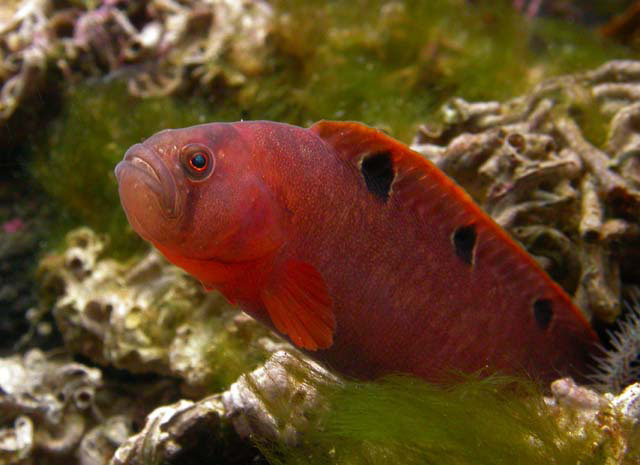| Pholidae (Gunnels), subfamily: Pholinae |
| 25 cm SL (male/unsexed); max. reported age: 5 years |
|
demersal; brackish; marine; depth range 0 - 100 m, non-migratory |
| North Atlantic: Kanin Peninsula southward to La Rochelle (including White Sea, North Sea and Baltic), also Iceland, but not eastern Greenland, Spitzbergen or Novaya Zemlya. Western Atlantic: Labrador, Canada to Delaware Bay, USA (Ref. 7251). |
|
Ribbon - shaped body with 9 - 13 eye spots along the base of the dorsal fin (Ref. 35388). |
| Occurs in shallow waters (seashore, tide pools), but descends (especially in winter) to 100 m or more. May remain out of water under rocks or seaweeds (Ref. 31184). Feeds on small crustaceans, polychaetes, mollusks and fish eggs. The eggs are laid on the sea bed in a large clump, which is closely guarded until hatched (Ref. 9900). Breathes air when out of water (Ref. 31184). Spawning occur in November - January . Female lays 80-200 eggs in a large ball under a stone or in an empty bivalve shell (Ref. 35388). |
|
Not Evaluated (N.E.) Ref. (130435)
|
| harmless |
Source and more info: www.fishbase.org. For personal, classroom, and other internal use only. Not for publication.
